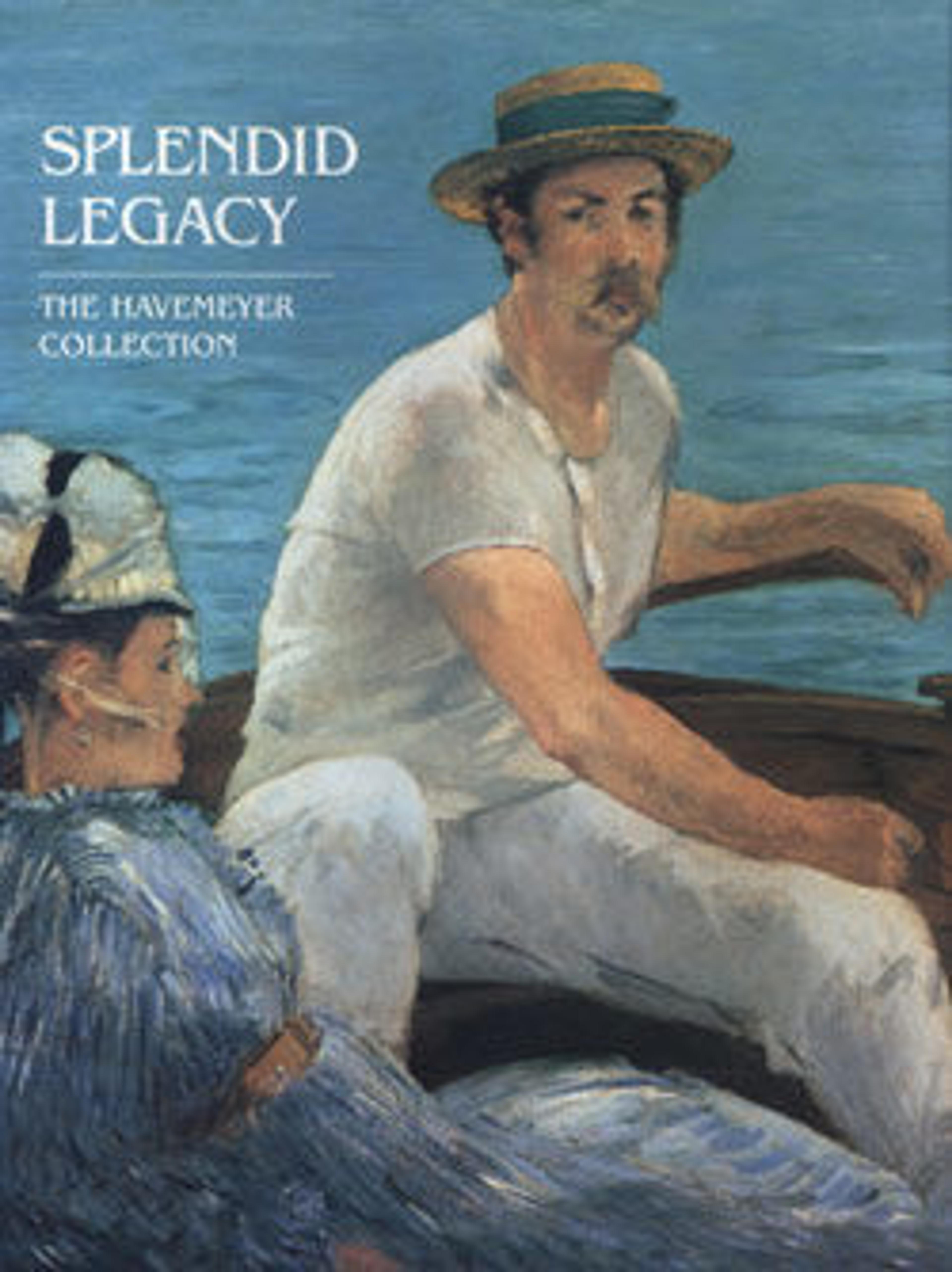Vase
This object forms part of a group of over forty given to the Museum in 1896 by Louisine and Henry Osborne Havemeyer (96.17.9–.56). The gift was the first American glass to enter the Museum's collection. Most likely prompted by Louis Comfort Tiffany, the Havemeyers presented their collection of Tiffany Favrile glass to the Museum only three years after Tiffany started making decorative blown-glass vessels. The shapes, colors, and finishes of Tiffany's vases and plaques were inspired by the natural world and ancient glass. Tiffany's vases in the shapes of flowers are among his most fanciful creations. Some of the earliest were tall attenuated vases reminiscent of buds, like this example. They vary in their coloration from a pale green and white to darker, more opaque greens and reds.
Artwork Details
- Title: Vase
- Designer: Designed by Louis C. Tiffany (American, New York 1848–1933 New York)
- Maker: Tiffany Glass and Decorating Company (American, 1892–1902)
- Date: 1893–96
- Geography: Made in New York, United States
- Culture: American
- Medium: Favrile glass
- Dimensions: H. 12 3/4 in. (32.4 cm)
- Credit Line: Gift of H. O. Havemeyer, 1896
- Object Number: 96.17.41
- Curatorial Department: The American Wing
More Artwork
Research Resources
The Met provides unparalleled resources for research and welcomes an international community of students and scholars. The Met's Open Access API is where creators and researchers can connect to the The Met collection. Open Access data and public domain images are available for unrestricted commercial and noncommercial use without permission or fee.
To request images under copyright and other restrictions, please use this Image Request form.
Feedback
We continue to research and examine historical and cultural context for objects in The Met collection. If you have comments or questions about this object record, please contact us using the form below. The Museum looks forward to receiving your comments.
